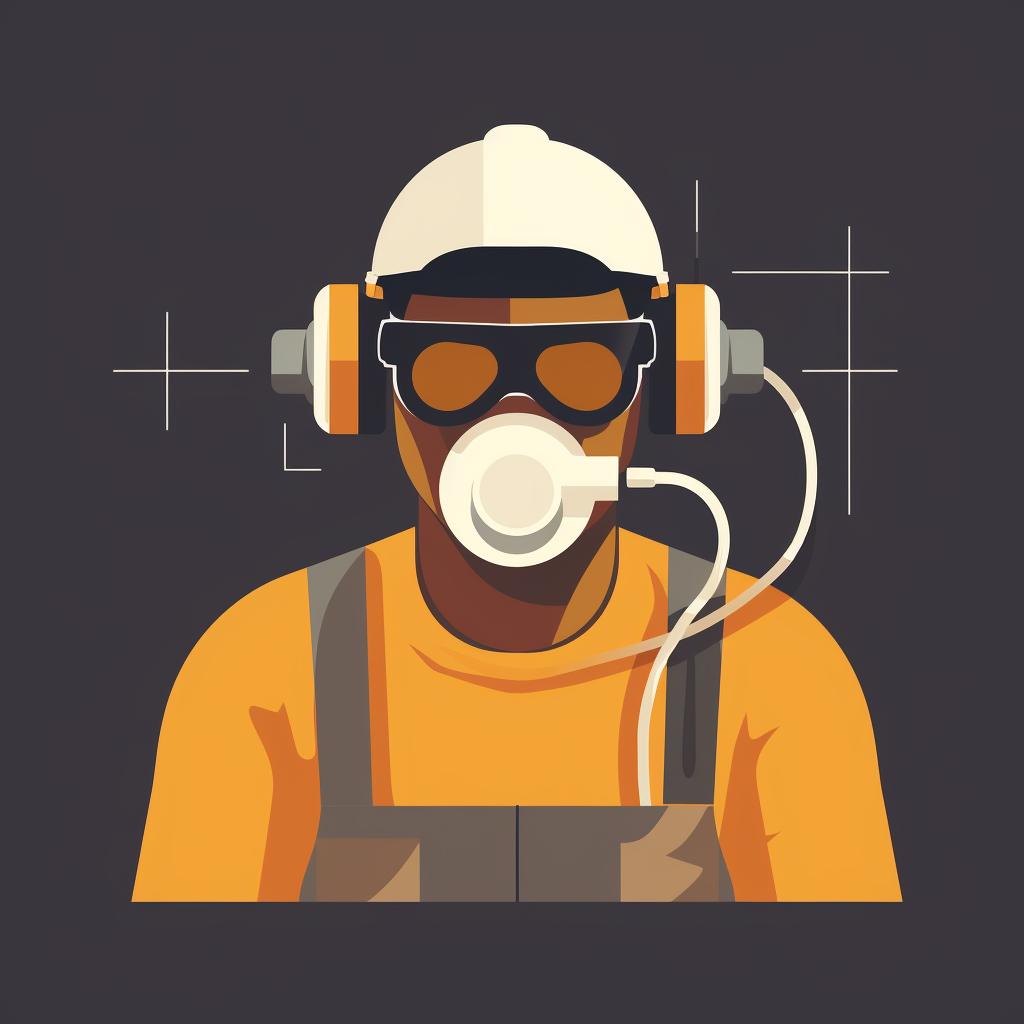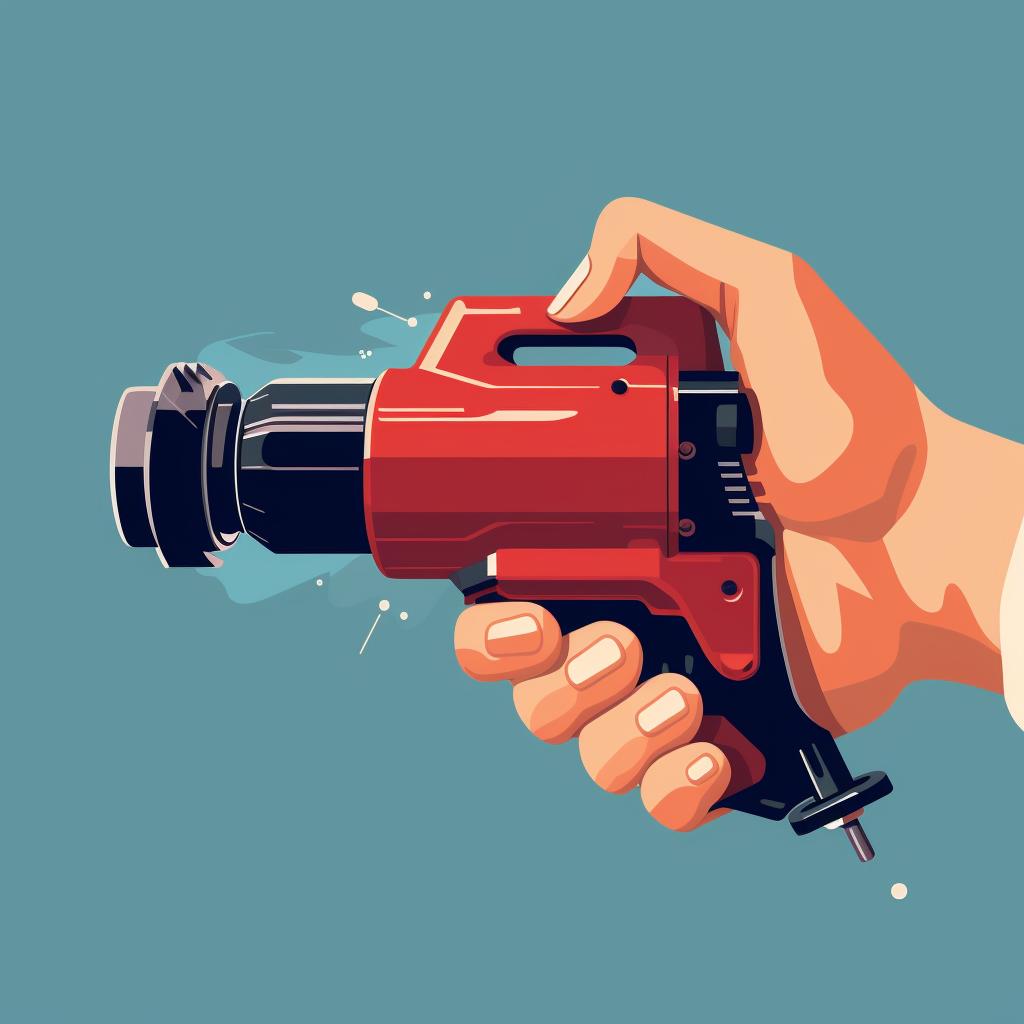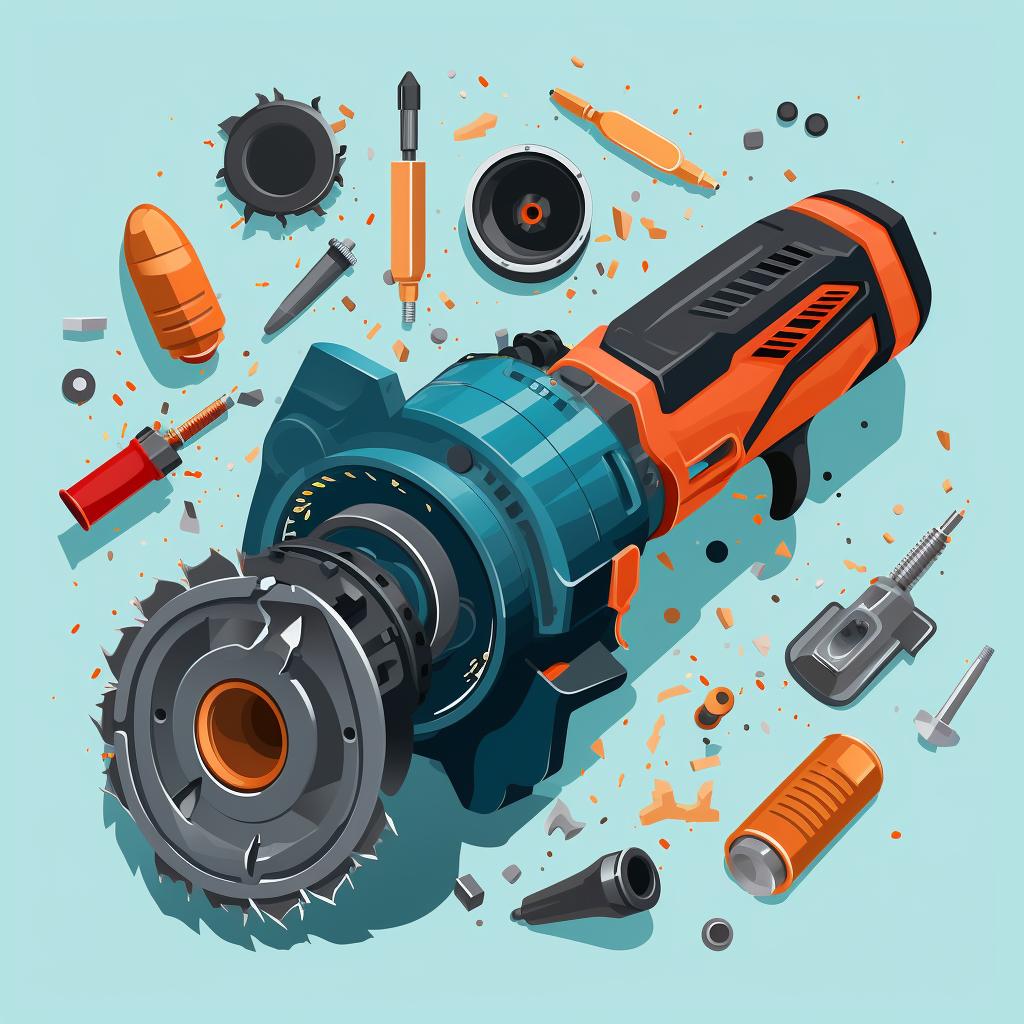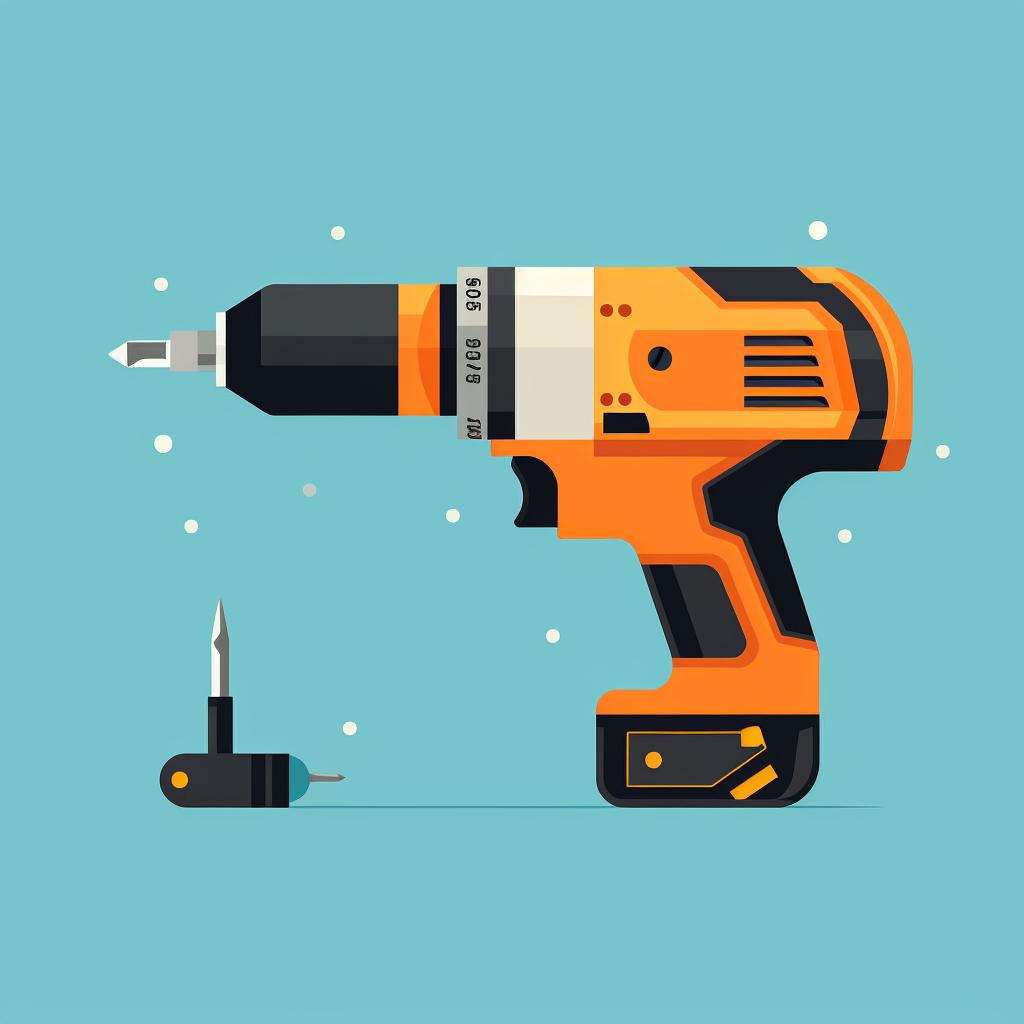Mastering the Clean: 💨 Dust and Debris Removal from Your Power Tools
Keeping your power tools clean is not just about aesthetics; it's about ensuring their longevity and optimal performance. A well-maintained tool can serve you for years, making every DIY project a breeze. Our step-by-step guide above provides a comprehensive approach to dust and debris removal from your power tools. But, let's delve a bit deeper into why this is so important and how you can make it a regular part of your tool maintenance routine.
Every time you use a power tool, it's exposed to dust and debris. Over time, these particles can accumulate and interfere with the tool's operation, leading to decreased performance and potential damage. Regular cleaning helps prevent this, ensuring your tools are always ready for the job at hand. Here are some additional maintenance tips to keep your tools running smoothly.
Understanding the Cleaning Process
As highlighted in our guide, the cleaning process involves safety precautions, general cleaning, deep cleaning, and reassembly. Each step is crucial and skipping one could lead to less effective results. For instance, neglecting safety precautions could result in injuries, while skipping the deep cleaning could leave some dust and debris inside the tool. Check out our ultimate guide to cleaning your power tools for more detailed information.
Tools for Cleaning
The tools you use for cleaning are just as important as the cleaning process itself. Using inappropriate tools could damage your power tools or leave them not fully cleaned. Brushes, compressed air, and dry cloths are some of the most effective tools for cleaning power tools. For cleaning tight spaces, you might find these tips useful.
Regular Maintenance is Key
Cleaning your power tools should not be a one-time event but a regular part of your tool maintenance routine. This not only ensures your tools are always in top shape but also allows you to spot any potential issues early. Regular maintenance can include things like sharpening blades, oiling moving parts, and checking for wear and tear. Here's a guide to maintaining and sharpening your power tool blades.
Remember, a well-maintained power tool is not just a pleasure to use; it's a safe tool. So, make cleaning and maintenance a habit, and your power tools will thank you with years of reliable service.

















